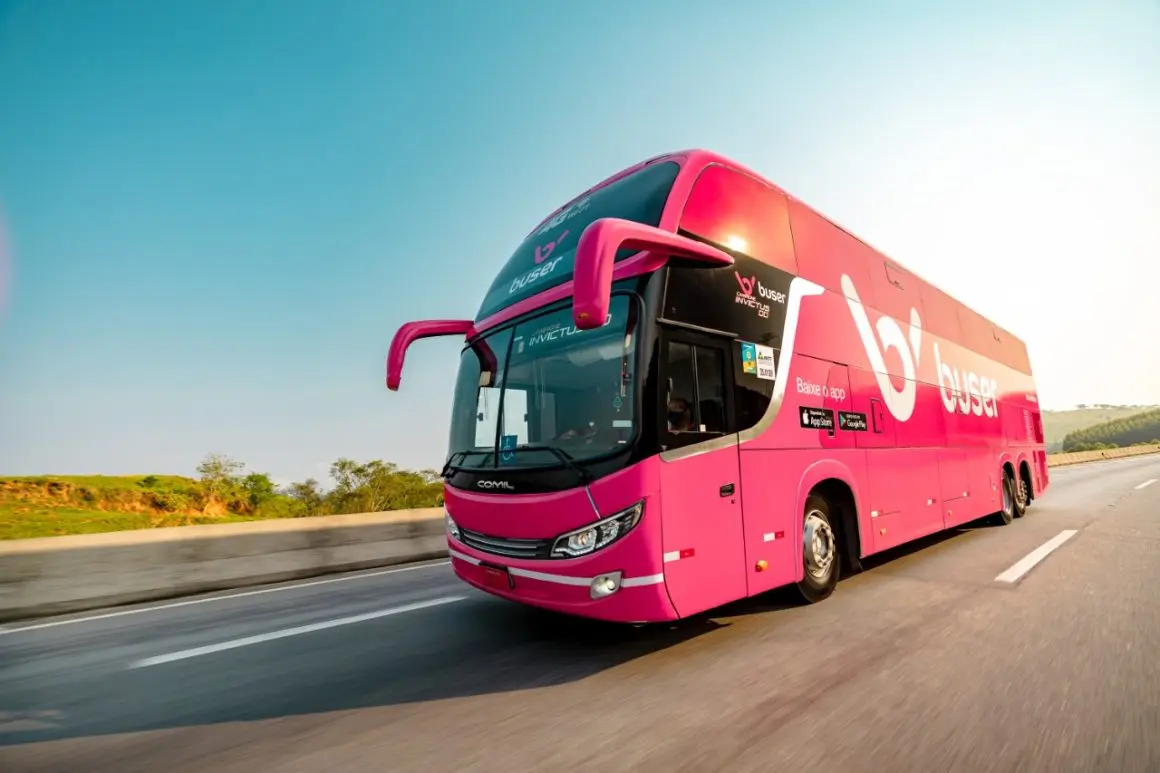
2021 kicked-off on a high note for the Brazilian bus market. January’s announcement that the state of Minas Gerais will authorize 1.8 thousand independent chartered bus operators to move passengers within its borders marks the first step towards the deregulation of the market. A win for Valor’s portfolio company, Buser, its client passengers, and disruptive technologies operating out of Brazil more broadly.
Reminiscent of the ride hailing dispute (“Together for Mobility”) back in 2017 – led by Uber and 99 – Buser has been courageously spearheading this battle which aims to allow digitally-native players to operate inter-state and inter-city routes, currently offered to incumbents under public and monopolistic authorization scheme.
The governmental authorizations are made on a per-route-basis. To make this tangible, consider cities A, B, and C, are situated along the same highway. Route A to B will be served by a company, B to C by another, A to C by another, and route B to C may not even be offered at all. Prices are instantly inflated as a result.
As of 2019, ~65% of routes were operated by a single company, ~35% of routes were non-competitive (i.e operated by three or less companies), and less than 5% of routes were effectively competitive (i.e operated by more than 3 companies). As a consequence of this outdated regulatory scheme, the price variation for these three categories is stark: R$0.28/km, R$0.22/km, R$0.10/ km respectively.
Suffice to say that the effect of these concessions is still glaring today; and travellers are the ones paying the price: a travel experience that is hardly seamless, comfortable or inexpensive.
Brazilians travel by bus
Brazil is a country of continental dimensions. Yet, a mere 530 destinations are served by public airports, concentrating in around 150 regions (compare that to 5,000+ airports in the US). Brazilians, therefore, travel by land: 4,600 destinations are served by bus operators, translating into over 300 million bus tickets being sold in 2019, twice as many as airline tickets.
A precedent in Europe
In 2013, the German government swept away regulations allowing intercity buses to compete with state-run subsidised railways. This served as a catalyst for newcomers like Flixbus (and 12 other players) to enter the market. As a result, the bus industry grew from 26m seat-kilometers in 2012, the year before liberalisation, to over 220m by 2015. Venture backed Flixbus, with an asset light approach, ended up winning. Today the company is the largest player in the European bus market – with operations in 29 EU countries – and has just entered the US to compete with the longtime duopoly of Megabus and Greyhound. Can Flixbus make long distance bus travel in the US cool again? Likely so.
All that buzz
What makes Buser unique is that it does not employ drivers or own any buses, instead, it generates pooling demand via digital channels and works with charter firms (fretados*), contracting them out for the ride. Buser then handles ticketing, customer service, network planning, sales, pricing, marketing and branding.
This asset-light and digital first model gives Buser the upper hand over asset heavy operators. The immediate impact is on the traveller. A lean structure allows it to be fully customer centric while offering much lower prices than the concessionaires. At a strategic level, Buser has a ton of room for maneuver when it comes to scaling and descaling routes. Another advantage vis-à-vis competitors is that by digesting a vast amount of information, Buser can program channel specific dynamic pricing strategies and optimize for real-time inventory management.
The first innings
Not too long ago, we were discussing the legitimacy of ride hailing services, despite the clear positive externalities of the model (think employability, convenience, higher service levels, lower prices, etc.). Today it has become clear that these benefits are real, and people cannot live without the service. Transporting nearly 15 thousand daily passengers, these are still early days for Buser and the first innings in the liberalisation of the market, but it is our hope that this same phenomenon gets translated into the intercity and long distance busing industry.
Valor is a proud supporter of this paradigm shift and of the bold entrepreneurs behind this venture: Pato and Marcelo. Let’s hit the road!
*Buser’s operating partners are in full compliance with the Charter Act regulation.

